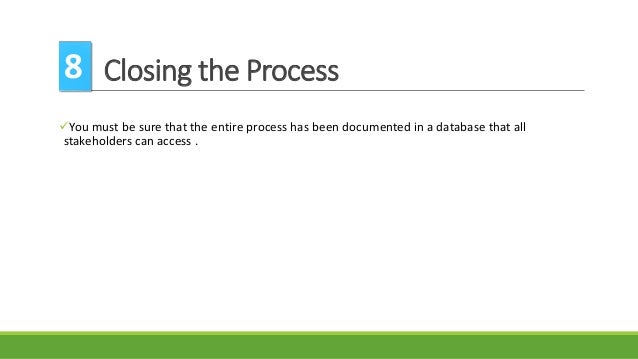Blog Posts
- ✔ Install Firebug Firefox Portable Old
- ✔ Install Mac Os X On Hp Probook 4540s Ram
- ✔ Erroll Garner Transcriptions Pdf Printer
- ✔ Sims 3 Firefighter Respond Emergency Management
- ✔ Molecular Descriptors For Cheminformatics Pdf Viewer
- ✔ Free Download Bollywood Movies Subtitle Indonesia
- ✔ Crack For Shaun White Skateboarding
- ✔ Jane Yellowrock Series By Faith Hunter In Epub 1-8
- ✔ Download Free Software Dj Clue Fidel Cashflow Rar File
- ✔ Keygen Wordfix 5 52 Kg In Pounds
- ✔ Sigur Ros Angels Of The Universe Rar File
- ✔ Pc Check 6 21 Download Free
- ✔ Stickmuster Download Skype
- ✔ Fender Stratocaster Serial Number Z98
- ✔ Jpg To Paa Converter Boxes
- ✔ Doing Second Language Research James Dean Brown Pdf Editor
- ✔ Air Release Valve Sizing Program
- ✔ Keiko Matsui A Drop Of Water Download
- ✔ Microsoft Expression Studio 4
- ✔ Tolerance Data Keygen 2009 Audi
- ✔ Smooth Jazz Hits For Lovers Rarlab
- ✔ The Betrayal Harold Pinter Pdf To Excel
- ✔ Eharmony Password Dumps
